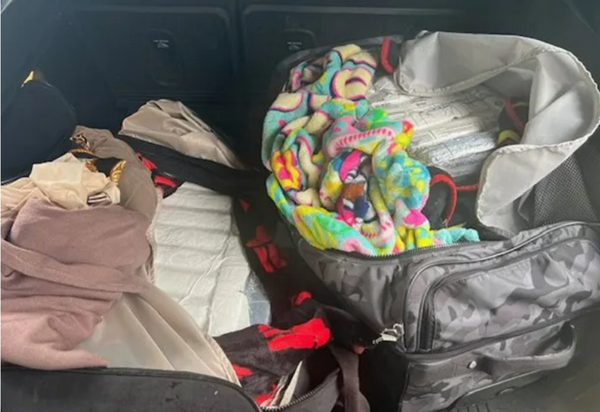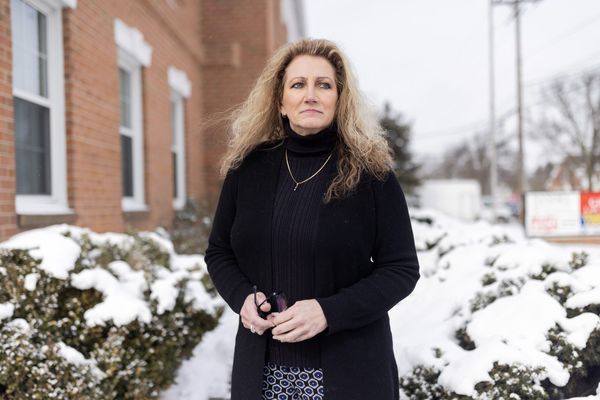When you’re taking your last ride of the season, do you always know that it’s your last ride? If you’ve been riding for more than one season, chances are good that sometimes you do, and sometimes you don’t. On those lucky occasions that you’re able to plan ahead—and life doesn’t get in the way—then you can take whatever winterization steps you prefer before you tuck it in for the winter.
Sometimes, though, despite your best intentions—maybe you park your bike, thinking you’ll ride again soon—and then something happens, and you don’t. Even worse, you don’t really give it much thought until the new riding season rolls around, so you don’t do any of the normal things that you’d do before putting it away. Did you just ruin your precious bike with your neglect?
That’s what YouTube channel Classic Octane explores in this video. His beautiful Honda CB500 Four is a 50-year-old machine—so, even though it’s a Honda and will probably run forever, it still needs proper care. It’s a carbureted bike, for one thing—in fact, it has four carburetors on board, one for each cylinder. Although CO tries to put ethanol-free gas in his machines as much as possible, every once in a while, he’ll just fuel up with whatever gasoline is readily available, ethanol or not.
Since he didn’t winterize the CB500 the way he usually does, just how bad would it be? He wasn’t sure, but he thought it would make a good video—and he was right. While he’d changed the oil before putting it away, he didn’t stick it on a battery tender. He wasn’t sure if it would have enough power for the oil light to go out when he tried to start it, but it did.
Although the bike struggled a bit at first, the good news is that it did eventually start.
It’s worth noting here that Classic Octane is located in Austin, Texas. Also, this bike was stored indoors, not outside—and that likely helped it not be as bad a situation as it may have been otherwise. Your own mileage may vary if you forget to winterize a beloved machine of yours, depending on where you live and what your storage circumstances are.
It’s Always the Fuel System
In any case, he soon identifies some likely problems standing between him and getting the CB500 out for its first real ride of the year. One is that the carburetor jets are almost certainly clogged. Since he knows this bike inside and out, he decides that rather than remove the entire carburetor bank, he’ll just carefully pull the float bowls off, examine those, and also check the jets to see if they’re clogged while he’s in there.
The float bowls (and the fuel inside them) look surprisingly good. After cleaning out some slight jet clogs with the help of one of those little carb jet cleaning kits (along with a can of carb cleaner), they’re ready to go back together. Could it really be that simple?
As mentioned earlier, it’s a 50-year-old bike, with 50-year-old bike problems. Unfortunately, the fuel petcock seems to have a leak that’s mostly active when the switch is turned to the OFF position. Taking it off and examining it reveals that whoever machined this thing didn’t do the best job of maintaining smooth mating surfaces for the hardware to neatly snug into. A little jury-rigged holder for the petcock in the Classic Octanes mill is able to clean it up, but that’s obviously not an option anyone who doesn’t have a mill will necessarily be able to use.
But Wait, There’s More!
Just when Classic Octane got the fuel petcock leak sorted and thought that he might be ready to take the bike out for its inaugural ride of 2023, he discovered one rather serious obstacle standing between himself and feeling the wind on his face. As he started to wheel it out of the garage, he noticed that the front brake lever went all the way to the handlebar with no resistance.
Investigation of the problem revealed that the rubber under the reservoir cap was torn, which probably wasn’t helping the brake fluid to stay clean. Examination of that fluid revealed that it was pretty dark and gunky—definitely not how clean, functional brake fluid should look.
After thoroughly sucking it out of the reservoir with a syringe, he decided to take the front brake master cylinder off for a rebuild. (He couldn’t recall when last he did it, so that was probably a good call.) Since he had the parts in-house already, it seemed like a good thing to do—and soon enough, the thing was back together, bled, and maybe even ready to ride.
With the CB500 Four sounding good, having functional brakes, and not leaking oil (at least, not visibly on the garage floor), Classic Octane took the bike for a little test ride around the block, and then for a longer, proper test ride on some nice, empty rural roads. We hope that’s how you’re spending your weekend, too—whether you winterized your bike properly at the end of 2022 or not.







